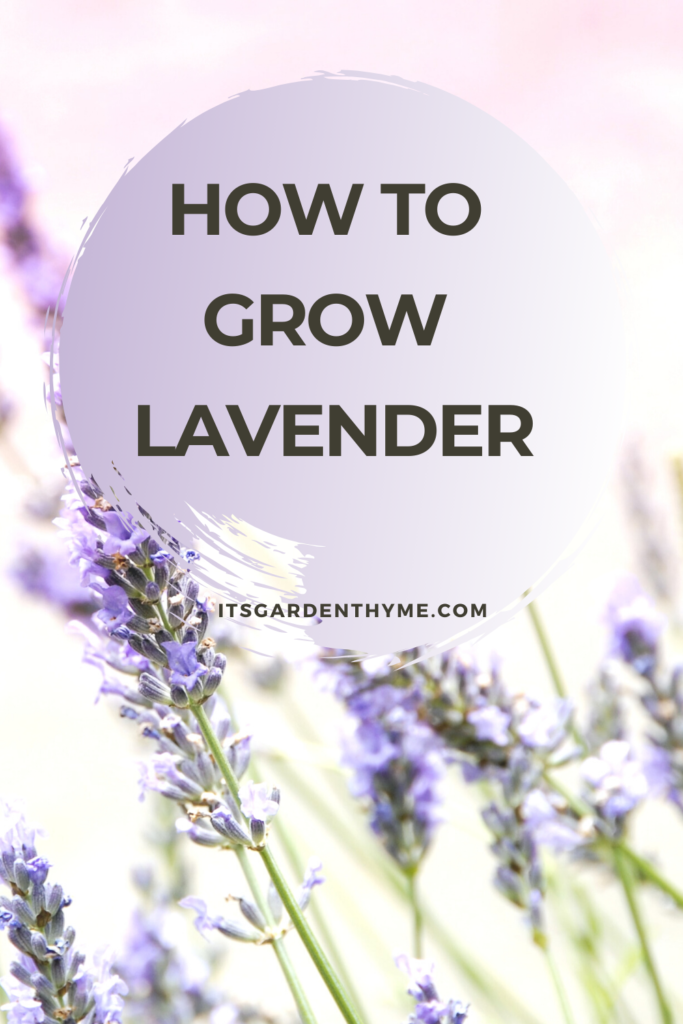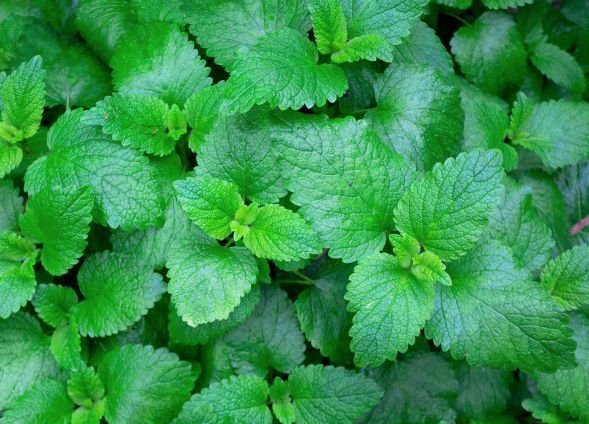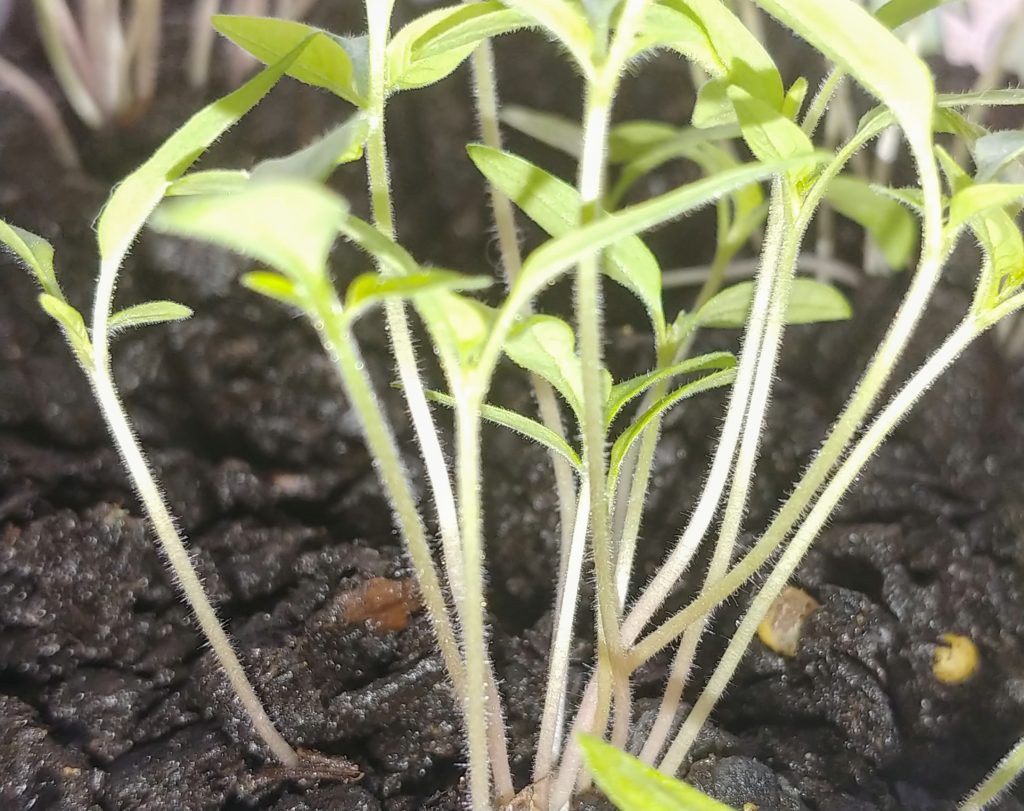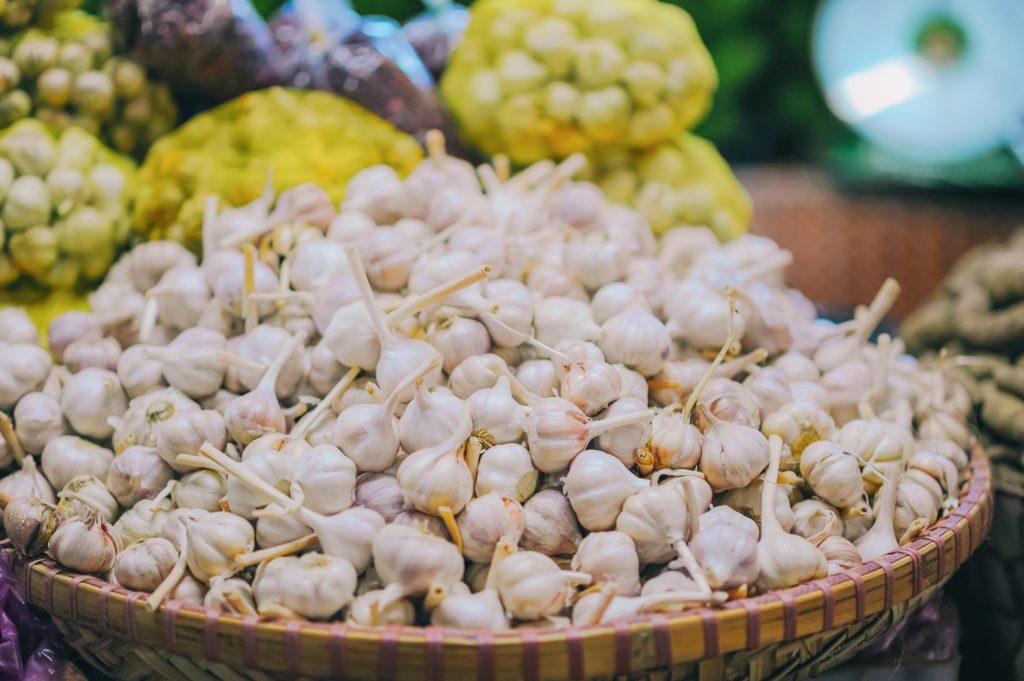Did you know that it’s actually rather easy to grow and harvest lavender? Wouldn’t it be lovely to wake up and look out of your window and see endless fields of delicate, powdery purple and pink beautiful lavender?
You no longer need to wish for a home draped in luscious purples and soft pinks. You can now enjoy all the benefits this gorgeous plant has to offer!
This post contains affiliate links. If you click through and make a purchase, I’ll earn a commission, at no additional cost to you.
Lavender Varieties
While there are up to 47 varieties of Lavender Plants, my favorites are English and English Hidcote. Now that I am a girl of the south, I am starting to pick up more Spanish Lavender as it does really well in this climate too!
Elegance lavender is likely the variety you see most common and can bloom with either purple or pink flowers.
English varieties are probably the most common and easily found with French varieties coming in at a close second. These two plants are somewhat similar, but in terms of growth size, French is the larger plant.
Spanish Lavender is actually really pretty and slight different in style than the more traditional English Lavenders. It still has the silvery-green leaves and act as a shorter shrub, but their flowers are rather different.
They almost look like little purple pineapples. The flower is a tubular purple with a few little spiky petals that sprout out of the top. Spanish varieties also tends to grow much shorter than the other two varieties. They are so cute!
Spanish, French and English all have similar bloom times, depending on your zone, but you will likely see their beautiful show in early to mid summer.

Planting and Growing
Keep in mind when growing these plants, they are Mediterranean born plants and prefer hot climates and well drained soil. You can add rocks and/or sand to create a better draining soil to your existing ground dirt.
Purple elegance, and pink elegance lavender do extremely well in heat and drought, making them great options for gardens in the mid-west and the eastern US (did someone say cottage garden?!).
English varieties are perennials for plant hardiness zones 5 to 8 and can technically fall into the shrub category.
When planting , it’s best to plant each approximately 2 feet apart from one another. While they don’t spread and propagate themselves, they do like having some space to mature.

For the biggest impact, grow your plants in full sun and sandy, well-drained soil. To keep caring for them, they should be pruned once a year to keep them low and full, ideally after the flowering.
Since English Lavender is a semi-shrub, pruning will keep the plant from getting too woody and keeping the softer, green leaves around longer. It’ll also give you an opportunity to take advantage of the beautifully scented flowers and make potpourri sachets!
Live in a humid or wet climate? Try planting in a raised garden bed to achieve the optimal amount of drainage.
They truly are low maintenance and don’t need a lot of extra love to get them started, especially if your soil conditions are right from the start.
I like planting them in the late summer/early fall. They are winter hardy and will have a nicely established root system by the time spring comes and you will be able to enjoy those beautiful sweeps of purple magic as soon as winter ends!
Allow them to be planted in an open location as they aren’t fan of overcrowding. Let those big root systems grow wide!
Caring for Lavender
One of the biggest and most important tips for growing this gorgeous plant is to not over water them. They like dry climates and do best when watered directly to the roots once they become dry. Soggy roots are not a friend to these plants.
They also like to be in the sun and do well if receiving direct sunlight for a minimum of 6 hours a day. A deep watering once a week is plenty.
When caring for whichever variety you have, be sure to prune it at lease once a year. You don’t want to allow them to get overly woody which can happen with little to no pruning.
It will also encourage new growth. The best time to prune them is harvest time so you get to kill two birds with one stone and reap the benefits!
How to Grow Indoors
While growing lavender indoors isn’t usually done, it can be done successfully if done right. If growing indoors, you absolutely need to have a high impact sun area for them to absorb light throughout the day.
Otherwise, it’s wise to get a growing light to offset some of the light lost. If possible, allow your plant to sit outside in the sun when warm enough.
Harvesting Lavender

It’s best to harvest lavender right after it blooms at its peak aroma. It will also keep longer. You’ll want to clip the stem at the base after the flowers have opened. Try clipping a mix of both old and new stems to manage growth.
It’ll also act as a nice pruning for the plant as well and will encourage new growth. Take a handful at a time, if your plant is big enough, other wise select the pieces you want to to cut. Make clean cuts to the base. You can then extract the oils, or hang to dry for things like potpourri.
While I don’t really use my plants for herbal supplements, I hear the best time of day to trim them is early morning, before full sun.
Articles You’ll Love:



